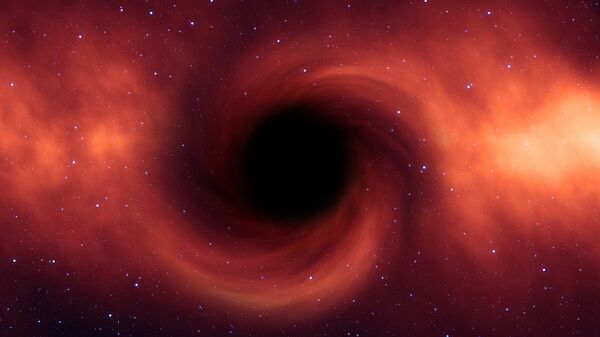While it seems that the detection of gravitational waves and black holes merging is hardly a novel thing since the first such event was detected a year ago by the LIGO-Virgo collaboration, one black hole collision that was observed on 12 April, 2019 may stand out even today, Science Alert reports.
As astronomer Christopher Berry from Northwestern University explained in his blog, what makes this particular event, GW 190412, so special is the fact that while most black hole collisions involve black holes of approximately similar mass, this isn't the case in the event in question where one of the black holes is nearly three times larger than the other one.
"This observation lets us test our predictions for gravitational wave signals in a new way, and is another piece in the puzzle of understanding how binary black holes form", Berry wrote in his blog.
This mass imbalance, the media outlet points out, produces a "second, weaker gravitational wave frequency", as compared to binary black holes with roughly the same mass; and it also seems that the aforementioned event produced a "longer signal than any other black hole merger", thus giving scientists "a wealth of data to probe".
And the black holes' difference in mass also led Berry to jokingly point out an interesting coincidence: the ratio of the black holes' masses, he claims, is "roughly equal to the ratio of filling in a regular Oreo to in a Mega Stuf Oreo".
"Investigations of connections between Oreos and black hole formation are ongoing", he quipped.

